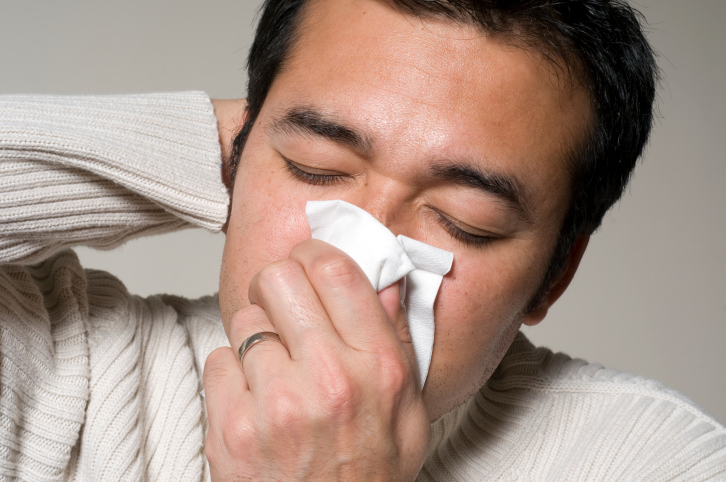Stress occurs to everyone and everywhere, at home, work, or school, it’s something that can cause someone to have a roller-coaster of emotions and interfere with their everyday duties. More Americans than ever before are stressed, depressed and anxiety-ridden, and many are unable to get the help they need, a new study suggests.
An estimated 8.3 million American adults — about 3.4 percent of the U.S. population — suffer from serious psychological distress, an evaluation of federal health data concluded. Previous estimates put the number of Americans suffering from serious psychological distress at 3 percent or less, the researchers said.
“Mental illness is on the rise. Suicide is on the rise. And access to care for the mentally ill is getting worse,” said lead researcher Judith Weissman. She’s a research manager in the department of medicine at NYU Langone Medical Center in New York City.
This increase is likely a lasting after-effect of the Great Recession that began in late 2007 — a stress-filled time that caused long-term emotional damage to many Americans, Weissman suggested.
Many people psychologically affected by the Great Recession haven’t been able to get the help they need, either because they can’t afford it or because their condition hampers their ability to seek out treatment, she said.
As a result, hundreds of thousands of Americans live with serious psychological distress, an umbrella term that runs from general hopelessness and nervousness all the way up to diagnosable conditions such as depression and anxiety, Weissman explained.
“The recession seemed to have pushed the mentally ill to a point where they never recovered,” she said. “This is a very disturbing finding because of the implications of what mental illness can do to a person in terms of their ability to function and their life span.”
The study included national health data from a survey conducted by the U.S. Centers for Disease Control and Prevention. More than 35,000 households nationwide participate each year.






